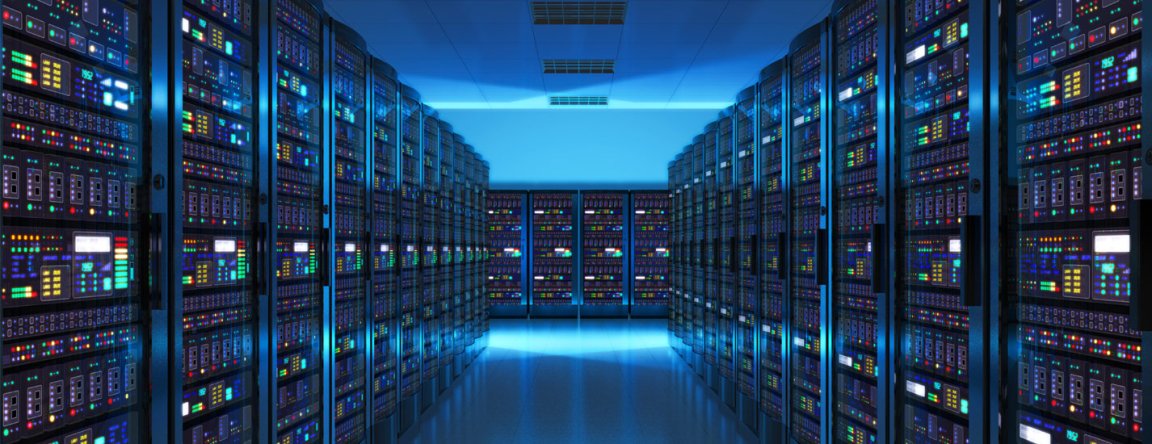
MAKING OPTICAL CHIPS COOLER
Light-based computers are expected to come around in ten years, but the technical challenges and engineering problems that they pose will have to be solved before it becomes a reality. However, it seems that we just moved one step close to that reality.
In a new development, Russian scientists from the Laboratory of Nanooptics and Plasmonics at Moscow Institute of Physics and Technology may have solved one of these problems, preventing the components from heating too much.
While current microprocessors use electrons to function, researchers are trying to develop chips that utilize photons instead. This can make computers up to a thousand times more efficient because, while electrons can only move at a fraction of the speed of light, photons move at the speed of light.
That said, scaling down electronic microprocessors is easy, but doing so with photonic microprocessors is anything but, due to the innate difficulty of getting light to turn corners.
To solve this, scientists have instead used plasmonic components, which are able to use the oscillating interactions of photons and electrons on the surface. However, this present another problem: Heat.
The components get too hot during usage and the microscopic scale of the processors also complicates any cooling solution.
Research into use of light in plasmonic structures to create photonic microprocessors have found that the components overheat. Temperature increases of 100 Kelvin, a differential enough to change ice to steam, have been reported. This is where the Russian researcher’s data marks a difference.
They were instead able to limit that temperature change to just up to ten degrees Kelvin.
The researchers were able to accomplish this by installing ‘high-performance thermal interfaces’ into the metal which prevents the metal from absorbing the light which is the cause of heat. These interfaces are simply layers of conductive materials placed between the chip and a cooling system that results in heat removal from the chip.
WHY USING LIGHT CAN CHANGE EVERYTHING
Light based microprocessors are not the only thing in the works. A functioning photonic memory chip has also been just demonstrated last year, which allowed long-term storage similar to that of a hard drive using photons. Harvard scientists have also previously developed techniques in manipulating photons, adding an element of control that would greatly help the future of light-based computer.
And the potentials are numerous. as light-based computers are expected to not only be more powerful than current technology, but also to more energy efficient. CPUs using light have also been shown to be much faster at handling and transferring data making computing much more efficient and powerful than before.
Don’t expect to see this in your home soon, but check back again in soon. You might just see it happen.